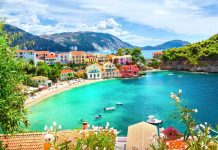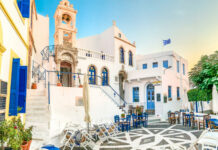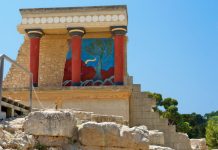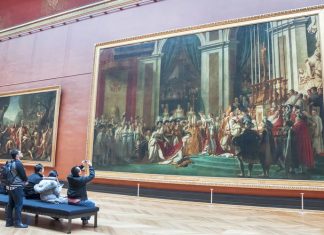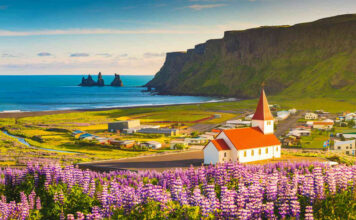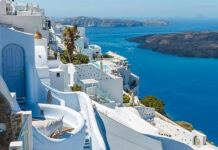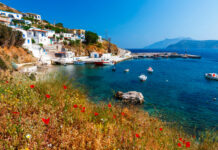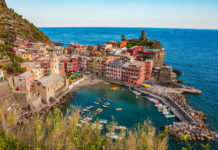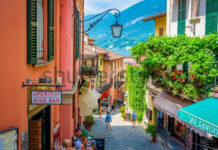Matera: Ancient Cave Dwellings and Sassi
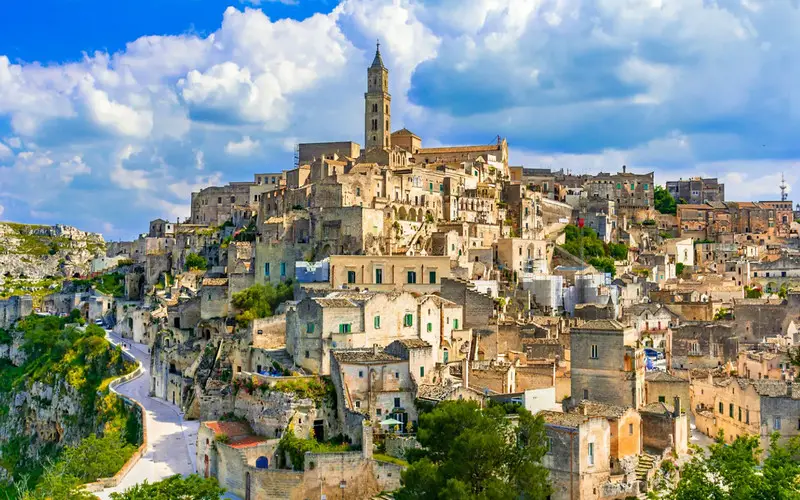
Nestled in the rugged region of Basilicata, Matera is a unique cultural destination renowned for its ancient cave dwellings and Sassi districts. The city’s historical center, Sasso Caveoso and Sasso Barisano, is a UNESCO World Heritage site, offering a fascinating journey through prehistoric cave dwellings, rock-cut architecture, and centuries-old churches. Matera’s distinctive charm has earned it the title of the European Capital of Culture for 2019, making it a must-visit destination this year.
Bologna: The Culinary and Architectural Hub
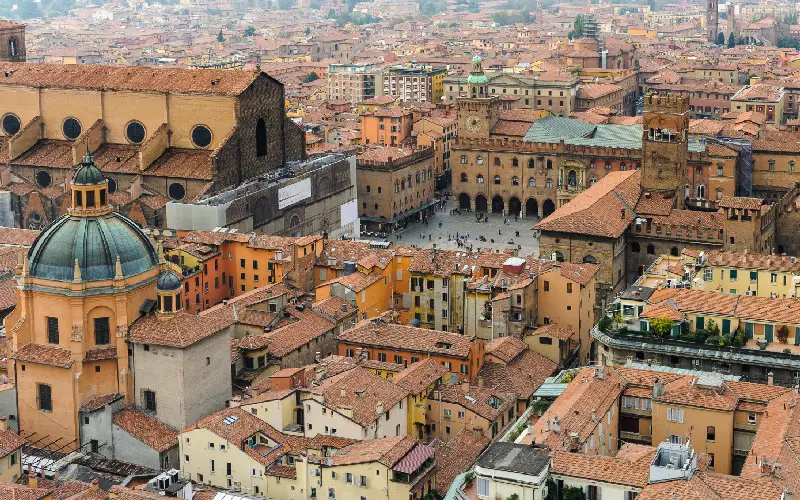
Bologna, often referred to as “La Dotta” (The Learned), “La Grassa” (The Fat), and “La Rossa” (The Red), is a multifaceted city known for its rich cultural and culinary offerings. Home to the oldest university in the Western world, Bologna’s historic center boasts medieval towers, Renaissance architecture, and lively piazzas. Explore the iconic Two Towers, delve into the city’s extensive porticoes, and savor the authentic flavors of traditional Bolognese cuisine.
Lecce: Baroque Splendor in the Heel of Italy
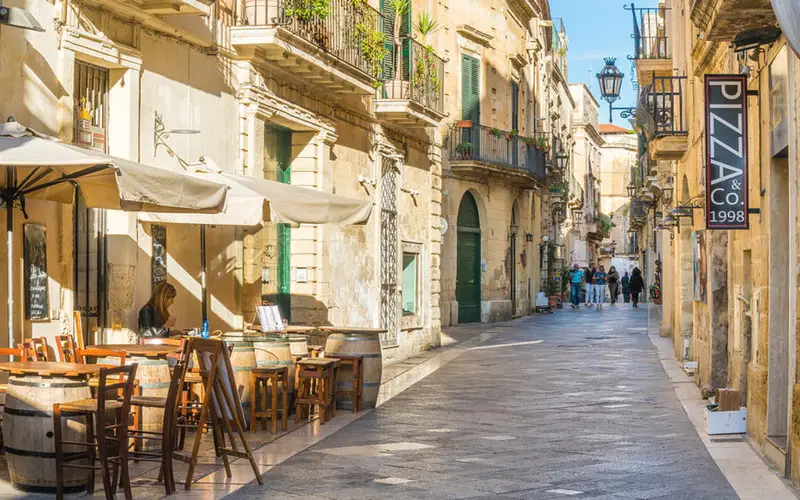
Nestled in the heel of Italy’s boot, Lecce is a Baroque masterpiece known for its ornate architecture and rich cultural heritage. The city’s historic center is a showcase of intricate baroque buildings, including the stunning Lecce Cathedral and the Basilica di Santa Croce. Wander through the charming streets, visit the Roman amphitheater, and immerse yourself in the unique atmosphere of this Southern Italian gem.
Turin: Royal Residences and Artistic Legacy
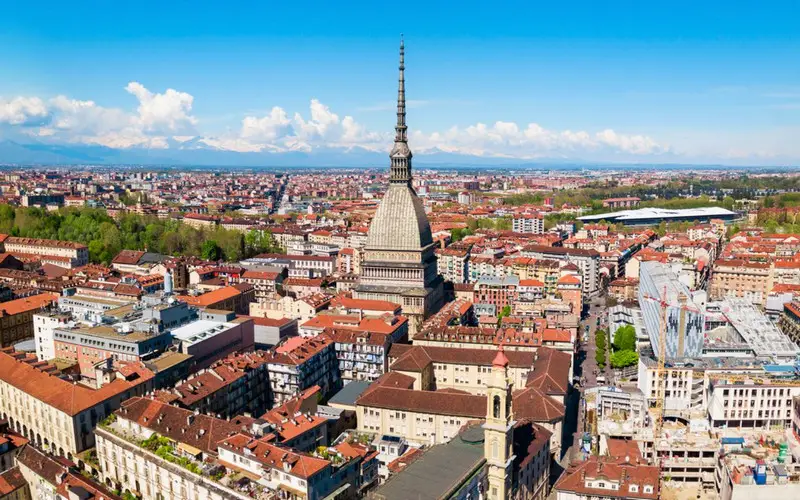
Turin, the capital of the Piedmont region, is a city of royal residences, grand palaces, and a rich artistic legacy. The Royal Palace of Turin, Palazzo Madama, and the Mole Antonelliana are architectural wonders that tell the tale of Turin’s royal past. With world-class museums, including the Egyptian Museum and the National Cinema Museum, Turin offers a cultural feast for history enthusiasts and art lovers alike.
Perugia: The Artistic Heart of Umbria

Perugia, perched atop a hill in the heart of Umbria, is a city steeped in history, art, and Etruscan heritage. The Galleria Nazionale dell’Umbria houses an impressive collection of Italian Renaissance art, including works by Perugino and Pinturicchio. Stroll through the historic center, visit the Fontana Maggiore, and immerse yourself in the vibrant cultural scene that defines this charming city.
Ravenna: Mosaics and Byzantine Splendor
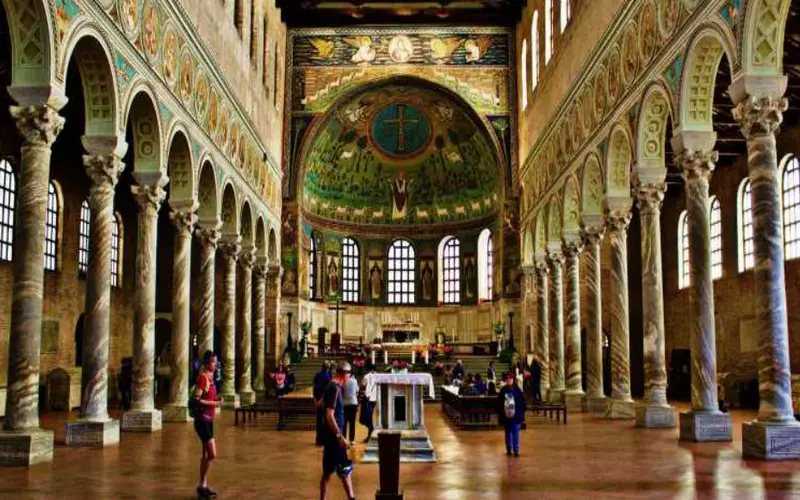
Ravenna, a city in Italy’s Emilia-Romagna region, is a treasure trove of Byzantine art and architecture. The city’s churches, baptisteries, and mausoleums are adorned with intricate mosaics that date back to the 5th and 6th centuries. The Basilica di San Vitale and the Mausoleum of Galla Placidia are iconic landmarks that transport visitors to the golden age of Byzantine craftsmanship, making Ravenna a cultural destination unlike any other.




